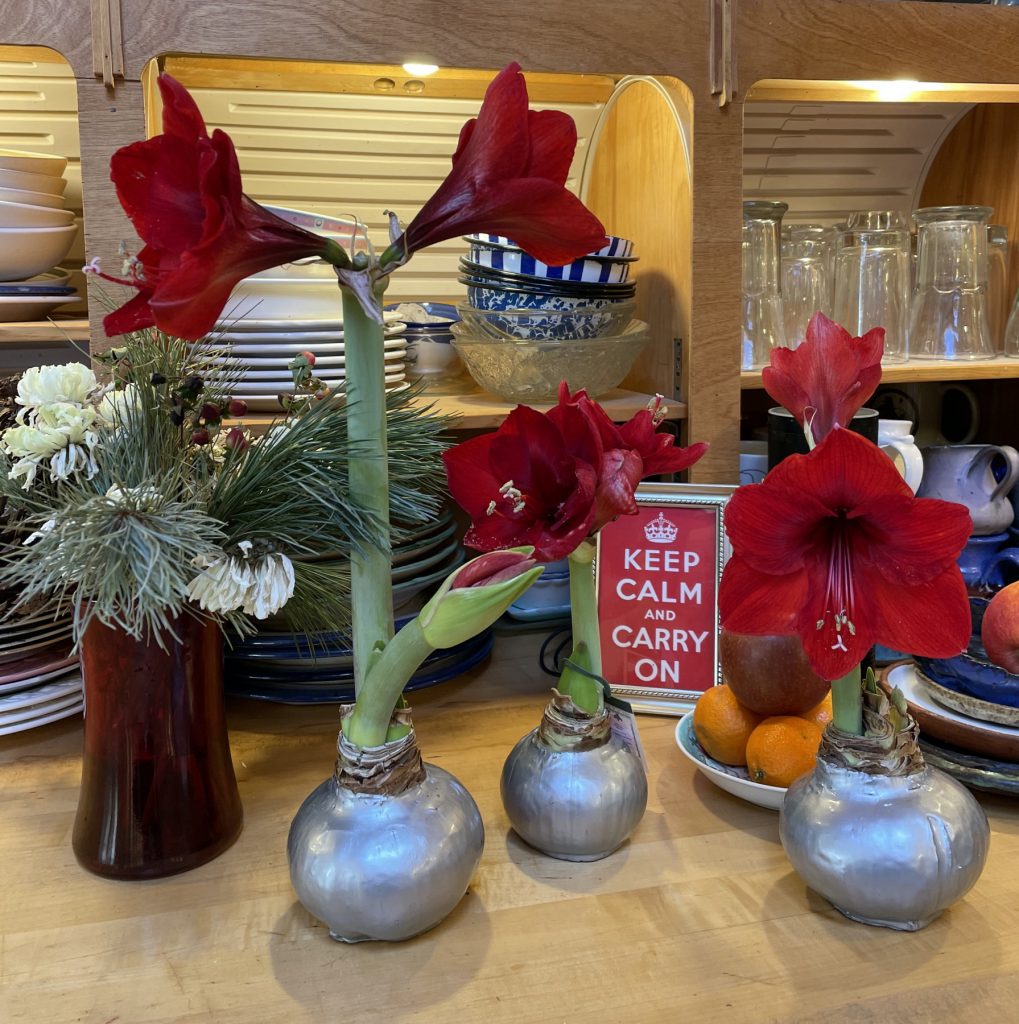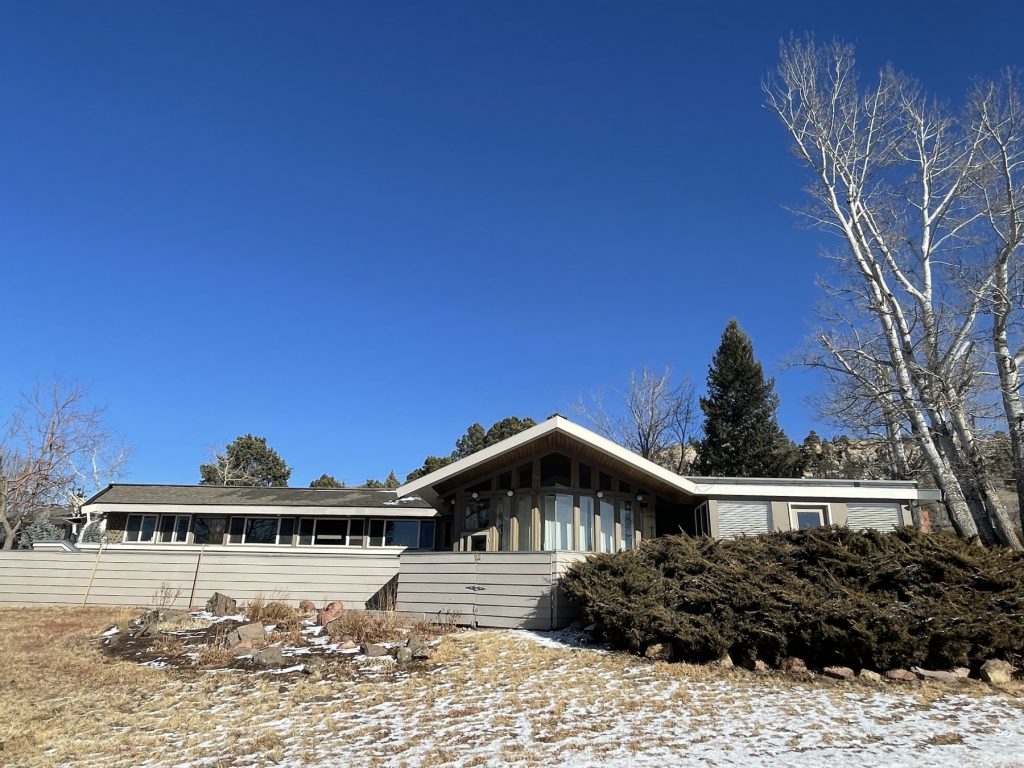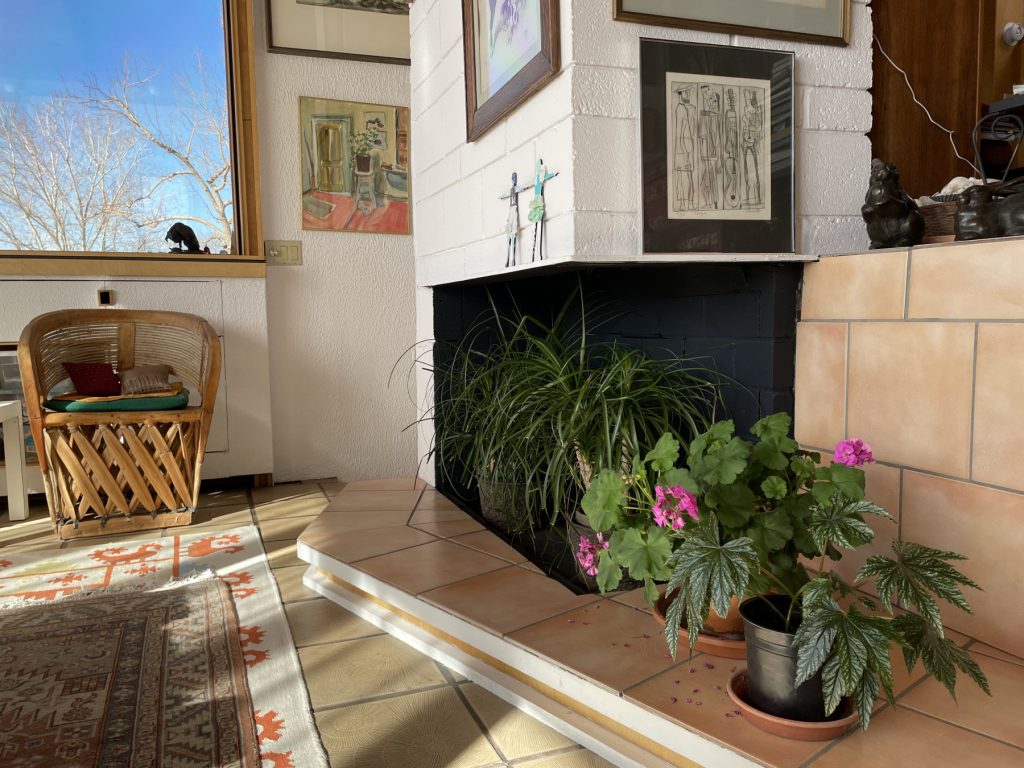There’s been a couple of snow flurries, but the days are early-spring-balmy and the soil dusty, plants equally so. It’s a glasshouse moment for sure–watering and fussing over the greenery that lives outdoors in summer, and indoors during winter. So I’ll keep this brief out of necessity, as I’m hard pressed to turn my mind to garden matters when all I do is worry that I won’t have a garden to write about when this harsh winter drought is over. I do however have something important to relate:

Greenhouses, conservatories, any sort of shelter that lets the sun shine in is a gardener’s delight; a fact brought home to me by a friend whose outdoor garden is her joy, and her indoor garden her salvation during the dark gloom the settles early over our daylight-saved days. Kathleen is one of an estimated 11 million Americans currently afflicted by dry macular degeneration; a number set to double by 2050. Over the past few years as her central vision has deteriorated, her eyesight has shrunk to shadows, shapes, and bright colors only somewhat visible in the periphery of her sight, and then only in sunshine or bright artificial light. The center of her vision is a foggy, indiscernible blur. “It’s no good coming to visit on a dull day — I won’t be able to see your face.”

Kathleen, however, is a tiger-gardener, never giving up and tending each plant group inside her house with the obsessive love she lavishes on her outdoor garden, willing things to thrive, finding — and sharing — the joy she finds in horticulture. Her garden (and her deep commitment to fostering the arts in Colorado) keeps her connected to her community and holds at bay the isolation that’s often a side effect of the gradual onset of blindness.

Kathleen’s house seems made for this purpose; one of several in my neighborhood designed by the Frank Lloyd Wright’s granddaughter, Elizabeth Ingraham and her husband as the firm, Ingraham & Ingraham. Referencing Wright’s Usonian designs for living, the mid-century modern house seems made of glass, floating over its surrounding meadow like a great, glittery ship.

Macular degeneration has no cure, yet as Kathleen noted when she participated in trials geared to finding a way to slow the progress sufferers’ sight loss, little real progress has been made; as she learned from the specialists she worked with, research is ongoing, but funding is tight compared to other chronic diseases, despite macular degeneration being one of the leading causes of blindness in the U.S. and the world.
©Text and photos Ethne Clarke, 2022
For reliable information about macular degeneration visit the website of American Macular Degeneration Foundation (AMDF).
To learn about some current research on macular degeneration, read this article.


